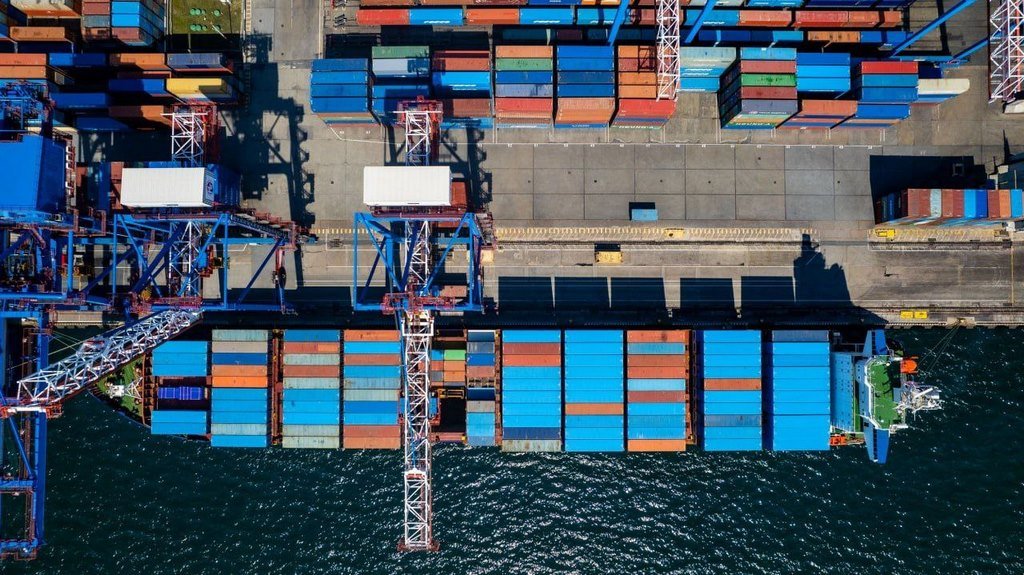In today’s volatile global economy, few industries feel the pressure of supply chain disruption more than metal trading. With fluctuating geopolitical climates, shifting trade policies, and increasing demand from emerging economies, the need for robust raw material trading services has never been more pressing. Steelbridge Export, a leader in international commodity logistics, has made resilience a core principle in delivering dependable raw material solutions around the globe.
Why Supply Chain Resilience is Critical in Metal Trading
Let’s explore what is the matter of supply chain resilience in metal trading—and how you can safeguard your operations in this evolving landscape.
The Global Importance of Metal Trading
Metals like copper, aluminum, zinc, and nickel are the foundational materials for infrastructure, manufacturing, technology, and transportation. Any delay in their trade reverberates across industries, impacting everything from automotive production lines to energy transmission systems.
In this interconnected world, raw material trading services need to offer more than just logistics—they must ensure agility, visibility, and strategic foresight. When supply chains break, businesses lose more than just shipments—they lose trust, profit, and momentum.
What is Supply Chain Resilience?
Supply chain resilience refers to the ability of a system to anticipate, absorb, recover from, and adapt to disruptive events. In the context of metal trading, this means being prepared for:
Political unrest or sanctions in key mining regions
Shipping delays due to port congestion or labor shortages
Price spikes caused by demand-supply imbalances
Environmental disruptions like droughts or floods affecting transport routes
Building resilience requires a combination of strategic sourcing, intelligent inventory management, and collaborative partnerships—elements that Steelbridge Export integrates into all its raw material trading services.
 Key Threats to Metal Trading Supply Chains
Key Threats to Metal Trading Supply Chains
1. Geopolitical Risks
Many raw material sources are located in politically sensitive regions. A minor change in trade policy, a regional conflict, or export restrictions can block access to essential metals. This is particularly true for critical commodities like nickel and rare earth metals.
2. Transportation & Logistical Disruptions
The pandemic exposed the fragility of global shipping systems. Port congestion, container shortages, and rising fuel prices have become recurring themes. For bulk metal trading, even a one-week delay can translate to millions in lost revenue.
3. Supplier Instability
Overreliance on a single source or country is a recipe for disaster. Diversifying your supply sources is no longer a competitive advantage—it’s a survival necessity.
How Steelbridge Export Builds Resilient Supply Chains
Steelbridge Export has mastered the art of building robust raw material networks. Here’s how:
Diversified Sourcing
By maintaining active supplier relationships across multiple continents, the company minimizes reliance on single-region vendors. This geographic flexibility insulates clients from localized disruptions.
Advanced Logistics Planning
Steelbridge Export employs predictive analytics to anticipate shipping bottlenecks and re-route cargoes preemptively. Their robust tracking systems ensure real-time visibility across the supply chain.
Strategic Storage Facilities
Maintaining key inventories in strategic free-trade zones allows Steelbridge Export to respond rapidly to demand surges without relying on last-minute suppliers.
Strong Compliance & Risk Mitigation
Understanding international trade laws is essential for avoiding fines and customs delays. Steelbridge Export ensures full compliance with all regulations, from documentation to export restrictions, ensuring smooth raw material trading services worldwide.
 The Role of Technology in Supply Chain Resilience
The Role of Technology in Supply Chain Resilience
Smart software solutions and AI tools are transforming global trade. Real-time tracking, automated compliance checks, and blockchain-enabled transparency are becoming essential tools in metal procurement.
Companies that integrate these digital solutions gain a competitive edge—not just through efficiency, but through trust and traceability.
Future Outlook: Resilience is Non-Negotiable
As climate change, political shifts, and technological disruption reshape the global economy, the companies that will thrive are those that invest in resilience now. This means going beyond short-term cost-cutting and adopting a long-term view focused on continuity, adaptability, and collaboration.
Businesses engaging in raw material trading services must choose partners like Steelbridge Export who don’t just move metals—but do so with strategic vision and built-in contingency.
Meta Questions & Answers
- 1. What is supply chain resilience in metal trading?
Supply chain resilience is the ability to quickly recover and adapt to disruptions in metal sourcing, transportation, and distribution. It ensures continuous material availability despite global uncertainties. - 2. Why is resilience critical in raw material trading services?
Without resilience, companies face delays, price volatility, and missed delivery windows. This can cause production halts and financial losses in downstream industries. - 3. How can companies make their metal supply chains more resilient?
By diversifying suppliers, using predictive logistics, investing in smart storage solutions, and working with experienced trading partners like Steelbridge Export. - 4. What are the main risks in global metal trading?
Geopolitical unrest, supplier concentration, transportation disruptions, and regulatory challenges are the top threats to global raw material trade. - 5. How does technology support resilient metal trading?
Tools like AI, blockchain, and real-time tracking enable better forecasting, compliance, and logistics, enhancing the reliability of the entire supply chain.




 Key Threats to Metal Trading Supply Chains
Key Threats to Metal Trading Supply Chains The Role of Technology in Supply Chain Resilience
The Role of Technology in Supply Chain Resilience



